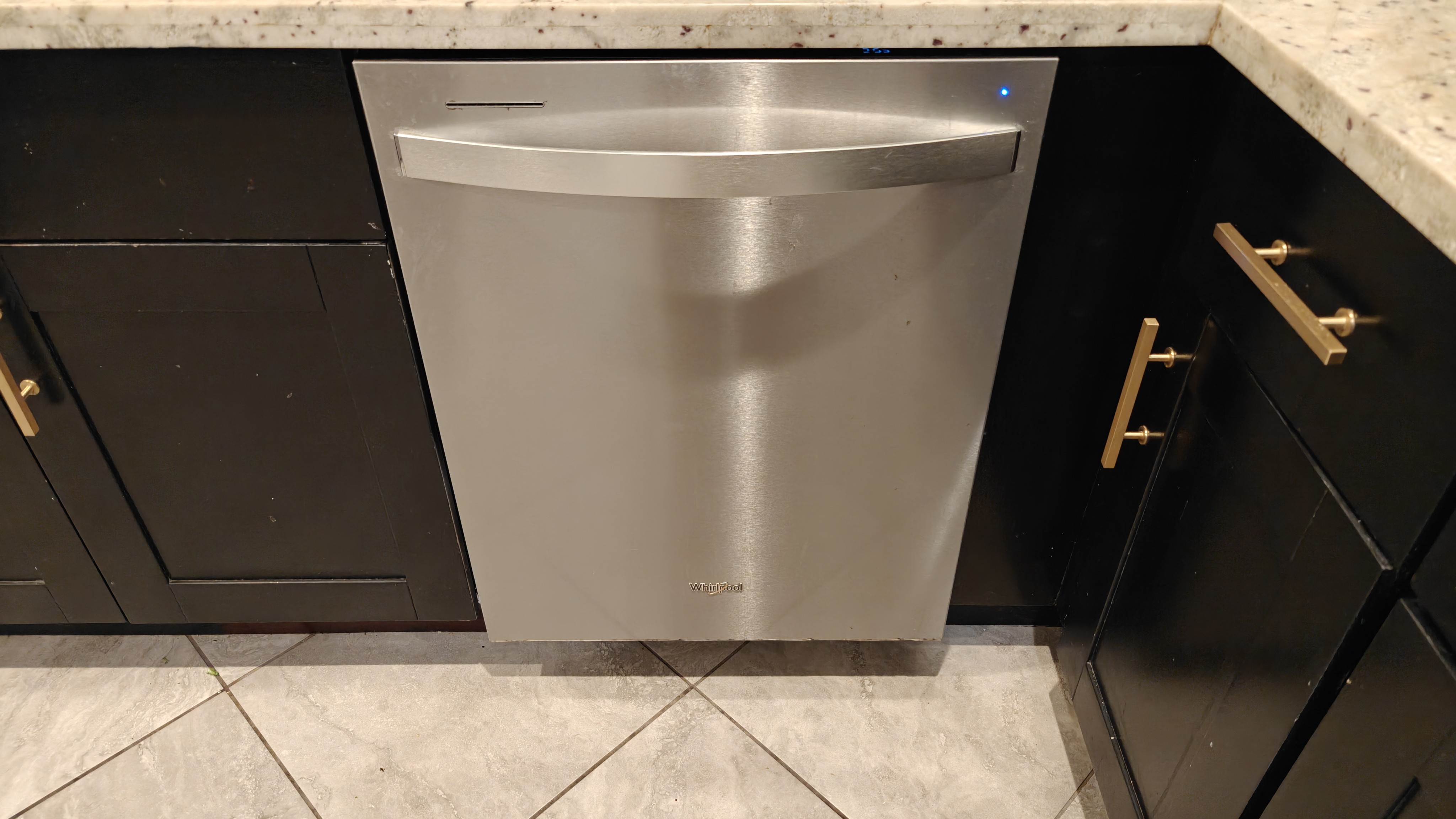Juicers vs. blenders: which kitchen powerhouse reigns supreme?
To juice or smoothie, that is the question
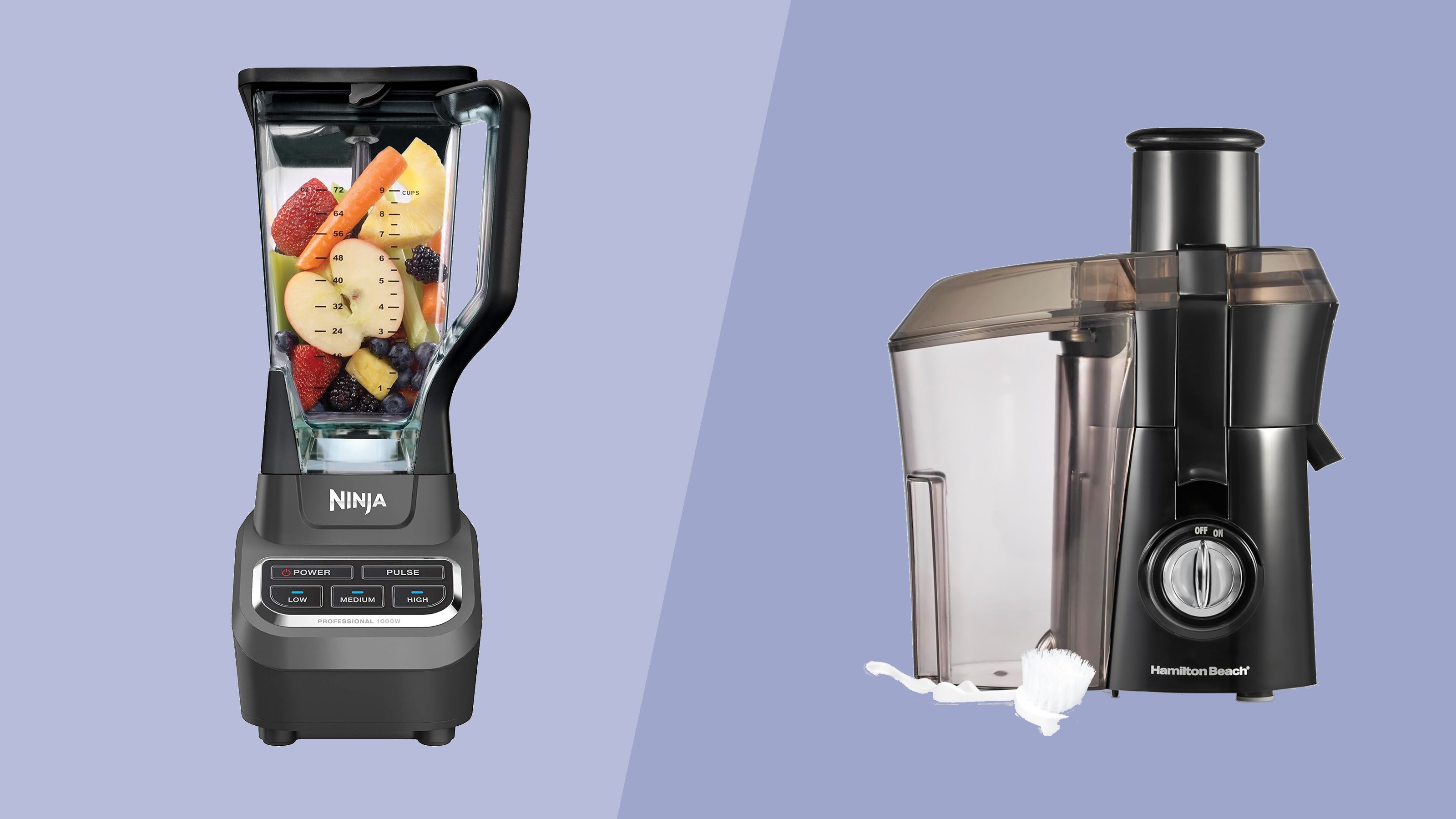
On a health journey? Are you looking to make more meals at home? A juicer or a blender could be a perfect addition to your kitchen, allowing you to incorporate more fruits, vegetables, and nutrient-rich foods into your diet. However, they’re not as similar as you’d think.
The best juicers ensure you can have the freshest juice possible from the comfort of your own space. Whether you want OJ for a weekend brunch or green juice packed with vitamins, minerals, and antioxidants to kickstart your day, a powerful, quality juicer makes it possible.
If you’re looking for versatility, there’s not much else juicers can do. Instead, the best blenders could be a solid alternative. Want the benefits of a healthy juice? Make a smoothie and enjoy the extra fiber and nutrients of consuming the whole fruit rather than just the juice. Blenders are also great for soups, sauces, and other liquid-based foods, making for an excellent multi-purpose machine.
Still, deciding between a juicer and a blender depends on your needs. Below, I discuss the main advantages and disadvantages of each.
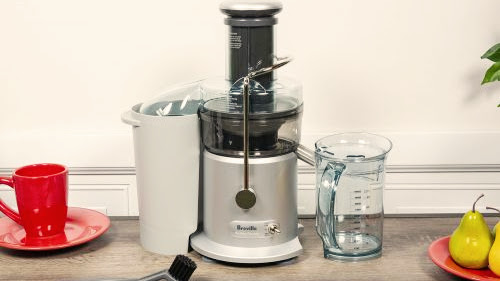
Juicer vs. blender: What is a juicer?
A juicer is a machine that crushes fruits and vegetables, separating the juice from the seed, skins, and other fibrous parts with a filter or sieve. What’s left is a fresh, thin juice with some pulp, depending on the machine or personal preferences. The leftover by-product can be tossed or composted.
There are two types of juicers: centrifugal and cold press. Centrifugal juicers are the more common of the two and use a fast-spinning blade that chops the produce into tiny pieces and sends the ingredients through a filter. However, this method generates heat, which can deplete the nutritional value of the fruit and vegetables. Cold press juicers, also known as masticating or slow juicers, use an auger mechanism to slowly crush the produce into a pulp sent through a sieve. This method generally produces a better, more nutrient-dense yield. However, cold press juicers are often costlier and slower than centrifugal juicers.
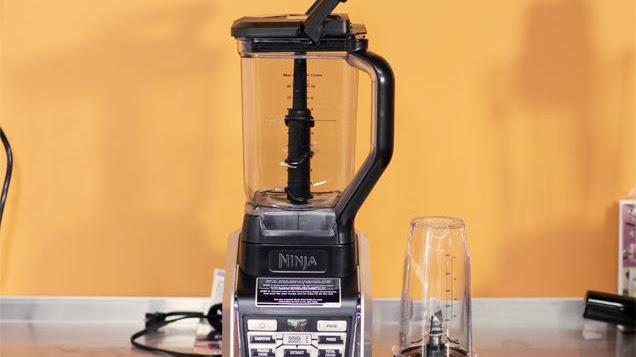
Juicer vs. blender: What is a blender?
Blenders are versatile kitchen appliances that use blades, a motor, and a blending container to mix, puree, emulsify, and liquify various food products. Blenders are most commonly associated with crushing ice and other frozen ingredients to make smoothies and other frozen beverages, but everything from salad dressing to nut milk and more can be created using a blender.
Sign up to receive the latest news, reviews, buying guides and deals direct to your inbox
There is a range of blenders, but the most common for average consumers are countertop, personal, and immersion. Countertop blenders should be what comes to mind when you think of a blender. They will have a large container and a powerful motor. You’ll also often find a range of presets and speed settings. Personal blenders are essentially smaller versions of countertop blenders with a smaller jar and oftentimes fewer settings. They’re ideal for making individual smoothies or smaller-quantity recipes. Most of the jars for these blenders also come with lids to take a beverage on the go or store something for later. Immersion blenders, or stick or hand blenders, skip the container and instead feature an arm with a small rotating blade at its tip. It can be inserted directly into a pot and is ideal for soups.
Juicer vs. blender: Value
Blenders are far more popular than juicers, so you can find quality machines like this Ninja BL610 for under $100. Although there are plenty of higher-end blenders with mighty motors and added functionality, even the budget-friendly options are full of presets, variable speeds, and accessories to make a range of smoothies, soups, nut butter, and more.
Juicers offer far less versatility than blenders and often cost more. You can find cheaper juicers like this Hamilton Beach Juicer Machine, but performance will drop significantly, making it harder to juice certain foods, be it carrots or leafy greens. Now, juicers don’t just exclusively juice fruits and vegetables, so making things like nut milk and sorbets in specific machines is possible. Still, that added functionality doesn’t compare to everything a standard countertop blender can do.
Juicer vs. blender: Features & functions
Blenders are generally used to make smoothies, soups, and sauces. Rather than extracting the liquid from produce and leaving behind seeds, skin, and pulp like a juicer, a blender will use every part of fruits and vegetables added to its container. That makes far less food waste, and you get the additional nutritional benefit of the skin and fibrous materials of the produce. You’ll also stay full longer than when drinking juice, especially since milk, yogurt, or powders can easily blend in to make a protein-packed smoothie.
Most blenders have different speed settings and preset buttons like crush, mix, and puree. Some even offer a technology that will blend the beverage to its ideal consistency without monitoring. Beyond just focusing on liquid-based tasks, certain high-powered blenders can make cookie dough, batters, nut butter, and even grind coffee (although we wouldn’t recommend that). You’ll find that most options above the $100 mark will also come with different blades and containers for specific tasks, including smaller blending jars for individual smoothies, sauces, and dressings.
On the other hand, Juicers don’t offer the same versatility. Mostly, they stick to juicing, and that’s about it. Sure, you can make nut milk and frozen desserts with specific machines, but the only reason to purchase a juicer is to extract juice from fruits, vegetables, and other fibrous foods. Most juicers have limited settings with some speed adjustments and a reverse switch. Many offer a few filter sizes for adjusting the amount of pulp in your drink and cleaning brushes to make cleaning filters and other components slightly easier.
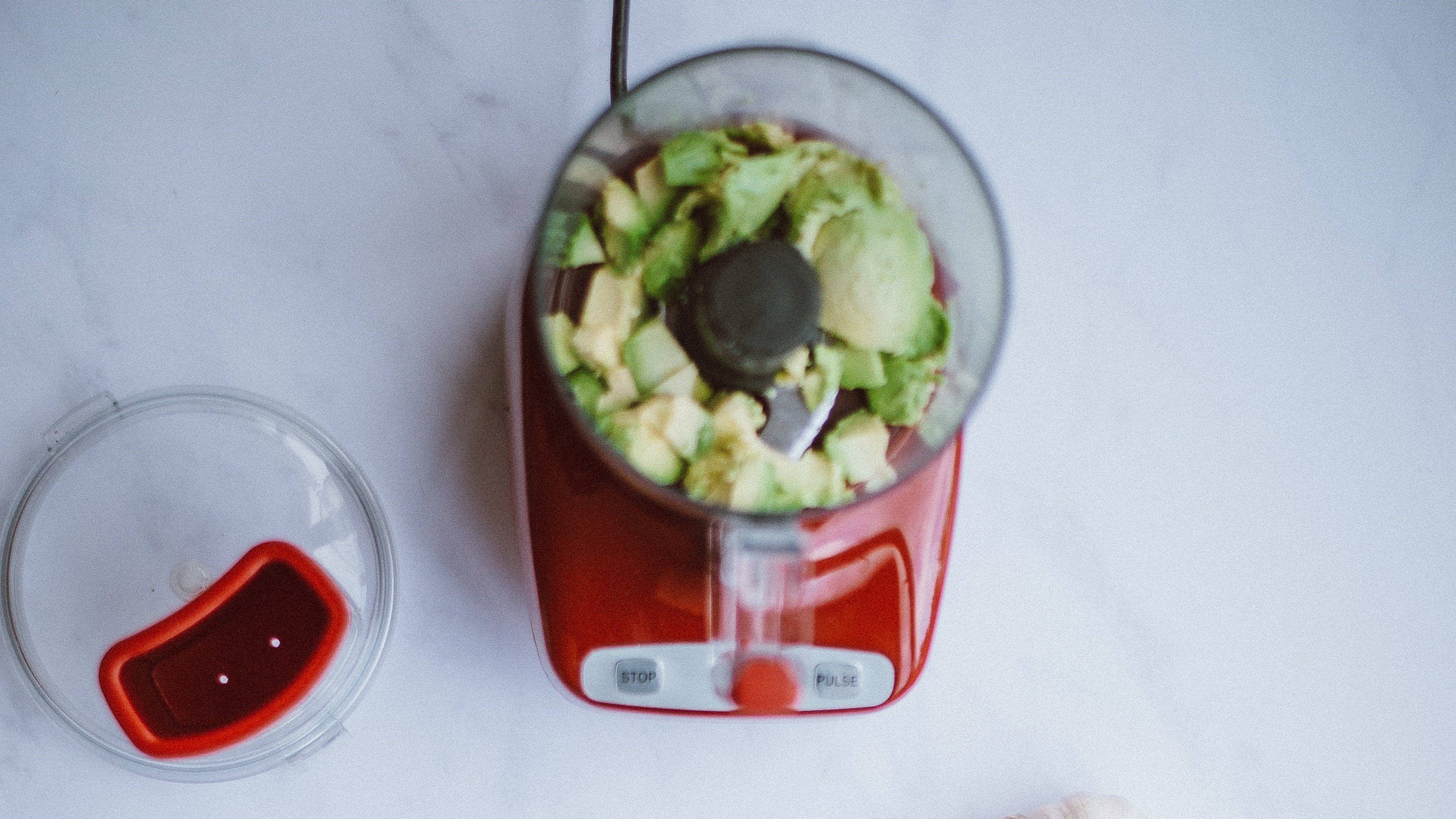
Juicer vs. blender: Performance
The best-performing blenders will have sharp blades and powerful motors to mix liquids and solids, creating a smooth result with a thickness dependent upon the amount of liquid used. Most prefer to avoid chunkiness in smoothies, sauces, and soups, so having a high-wattage option ready to tackle denser foods is necessary. As mentioned, many have a variety of speed settings and presets, allowing for more versatility in what’s created in these machines.
After using a blender, clean-up is generally a breeze. Most only contain two parts that require serious washing: the blending container and the blade. The rest of the components will just need a wipe-down if there is any spillage.
Juicers either smash or finely chop vegetables or fruit and send the juice through a filter. Centrifugal juicers, for example, need a sharp blade and powerful motor to chop up harder produce efficiently, such as beets or carrots. On the other hand, cold press juicers require a powerful auger to crush fruits and vegetables and create a high yield.
Some juicers offer varying speeds and a reverse option to help with blockages. The functionality isn’t close to that of a blender, but if you’re looking to make juice and avoid the thickness of using all parts of fruit and vegetables, a juicer is the only option.
Reviews
Whirlpool 24" Stainless Steel AI Dishwasher Review
Napoleon TravelQ PRO285 Portable Gas Grill review
Dreame L40 Ultra Robot Vacuum Cleaner and Mop review: almost hands-free cleaning
GE Profile Smart Mixer with Auto Sense review: a powerful, thorough mixer
Echo eForce DPB-2500 review: a leaf blower as a snow removal tool?
DPAS-2100 + Pro Paddle Attachment review: a new way to remove snow this winter?
Midea MAD53109APK 5.5QT Air Fryer review: a small, simple, and highly effective option
Eureka J15 Pro Ultra Robot Vacuum review: hands-free cleaning for busy families
A juicer’s ease of use depends on the size of the hopper and chute that holds the fruits and vegetables as they’re smashed. If those components are smaller, pre-chopping the produce may involve more prep work. Depending on how much juice you’re looking to make, you'll need to feed the chute reasonably often.
Average countertop blenders tend to hold four to eight cups of liquid; a larger container with a powerful motor could result in less prep work.
Cleanup is more involved with juicers than blenders due to the more significant number of components and harder-to-clean filters. Luckily, most juicers are easy to take apart, and many parts are usually dishwasher-safe.
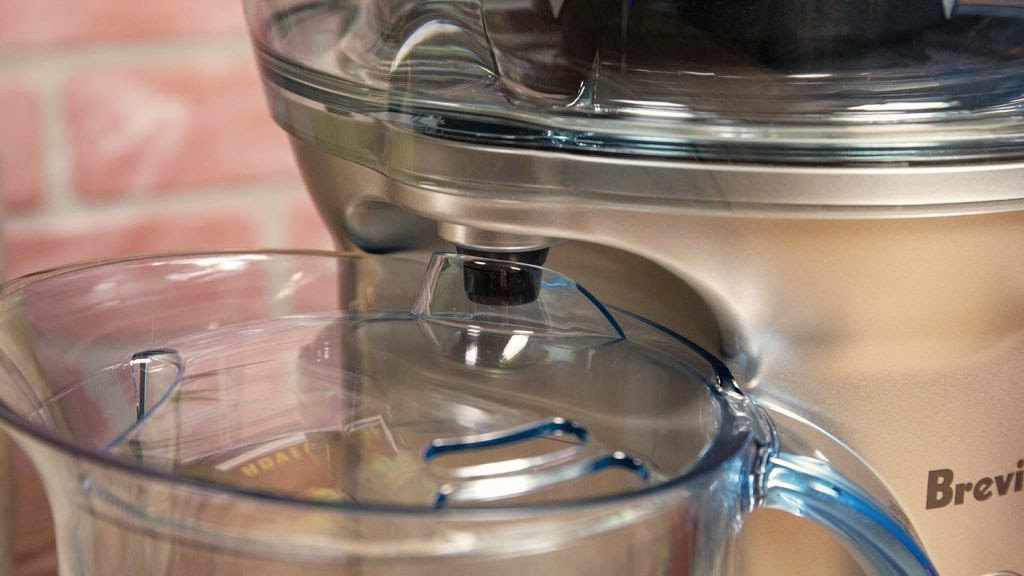
Juicer vs. blender: Which is best?
Benefits
Juicer
- Strong nutrient concentration
- Easier to digest
Blender
- Often lower cost
- Better versatility
- Less food waste
- Easier to clean
- Potential for more nutritional benefits
On paper, the clear winner is a blender over a juicer. However, it’s not that black and white, as it depends on personal preferences. A juicer is the way to go if you’re just looking for an easy-to-drink, nutrient-dense beverage that won’t fill you up. Yes, you’ll miss out on all the fiber and other benefits that come from the pulp of fruits and vegetables, but juices can be easier on the digestive tract and may even offer better bioavailability of certain ingredients.
On the other hand, blenders offer much greater value, as you can find inexpensive, competent options with the versatility to make a range of different liquid-based foods, like smoothies, soups, and sauces. In addition to keeping food waste to a minimum, blenders tend to have more nutritional benefits thanks to using all parts of fruits and vegetables and increasing fiber intake. That additional fiber will also help keep you fuller longer, which could benefit those on a weight loss journey.

Danielle Abraham, a Public Relations and Advertising graduate from the Rochester Institute of Technology, specializes in reviewing robot vacuums and coffee makers for Top Ten Reviews. Her work has been featured in top publications like IGN and TechRadar. She enjoys reading, watching documentaries, and hiking in Los Angeles and New York in her free time.
